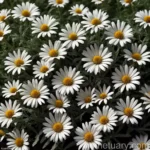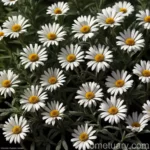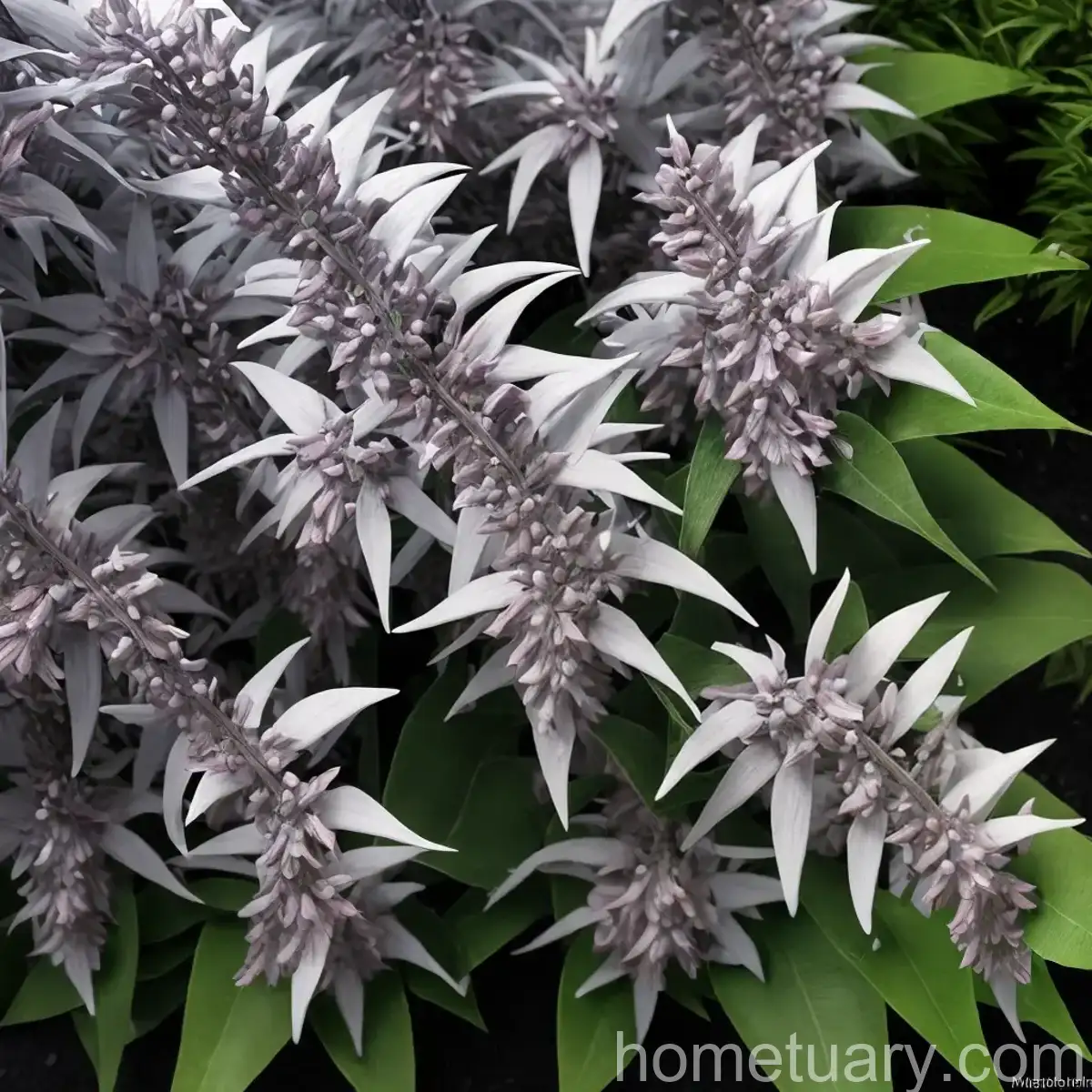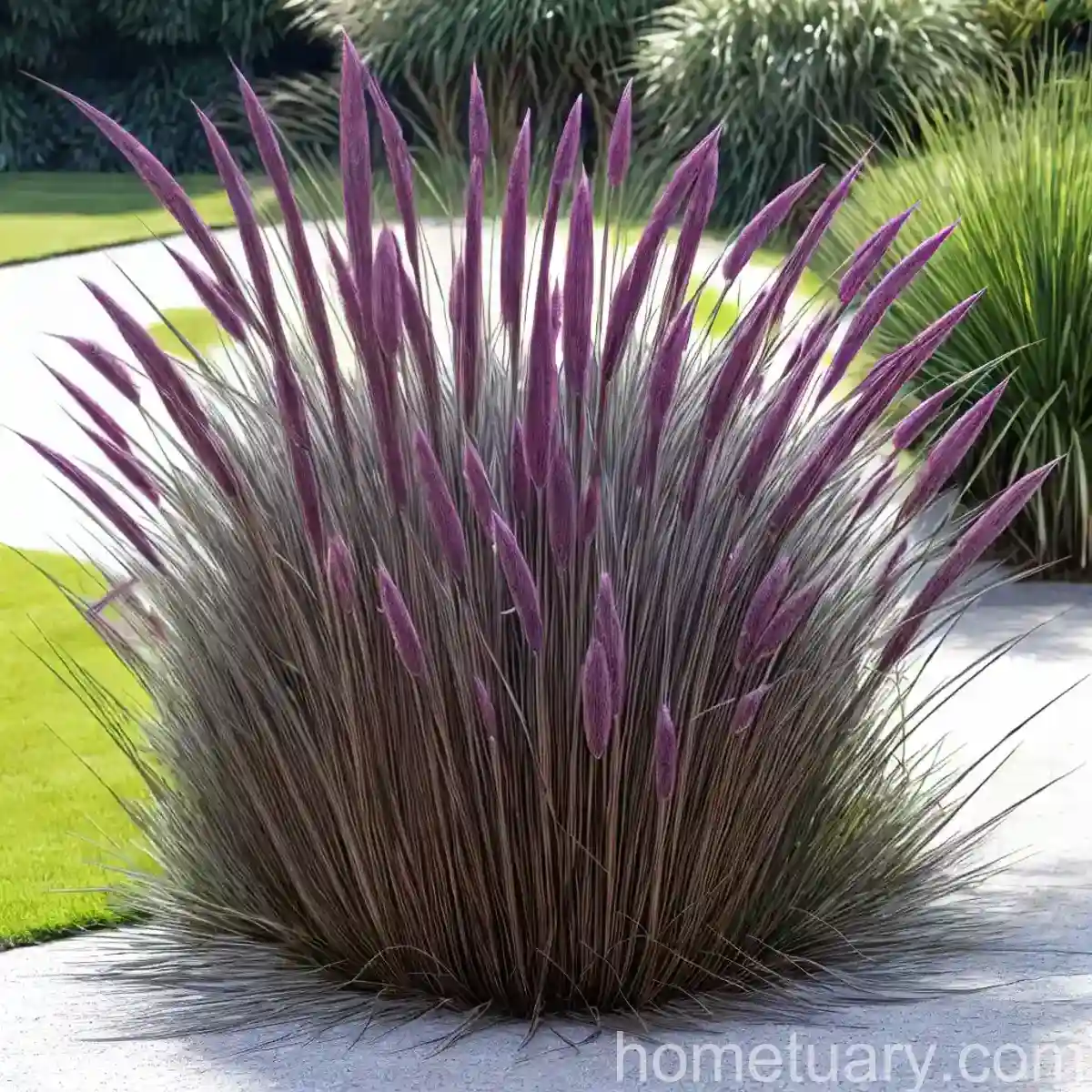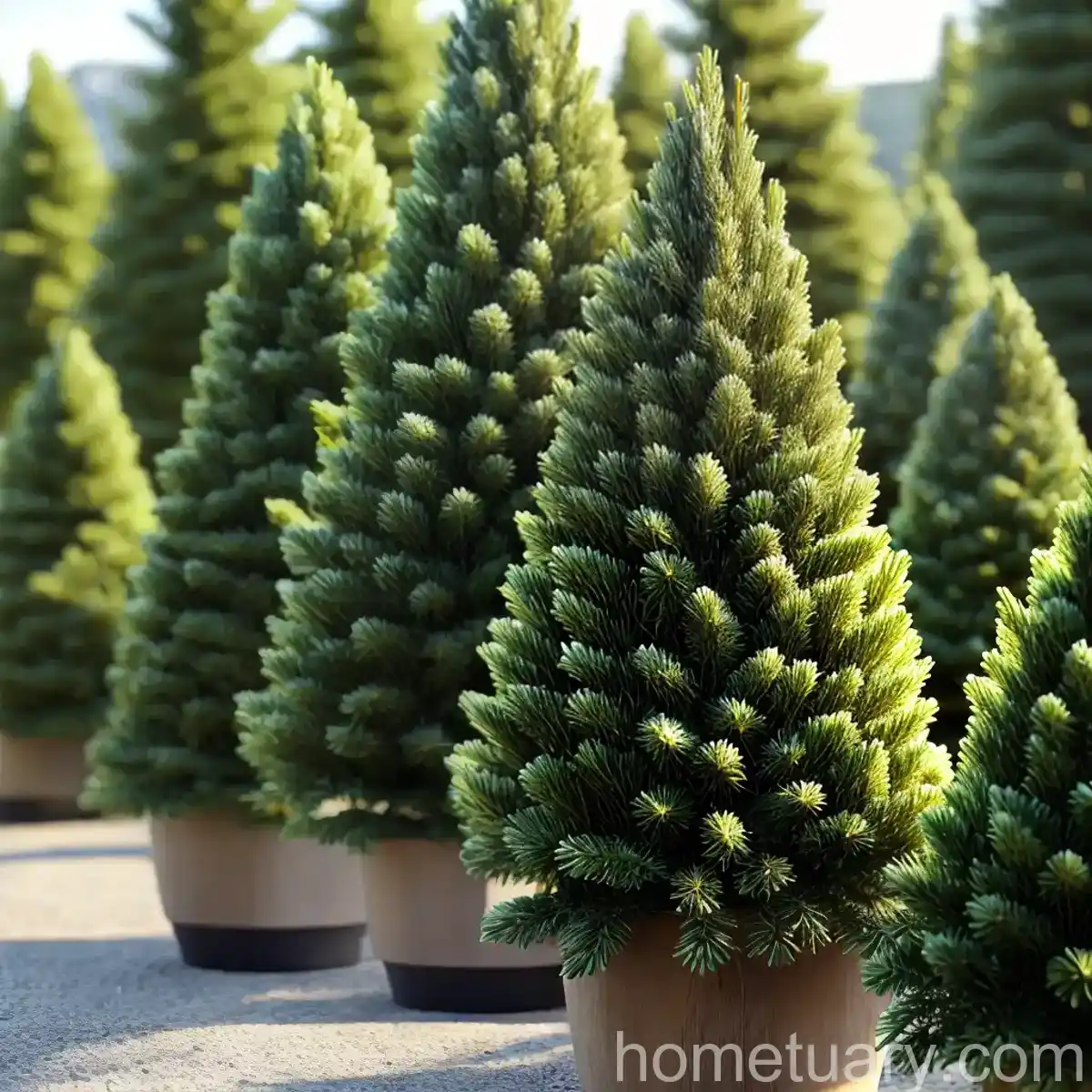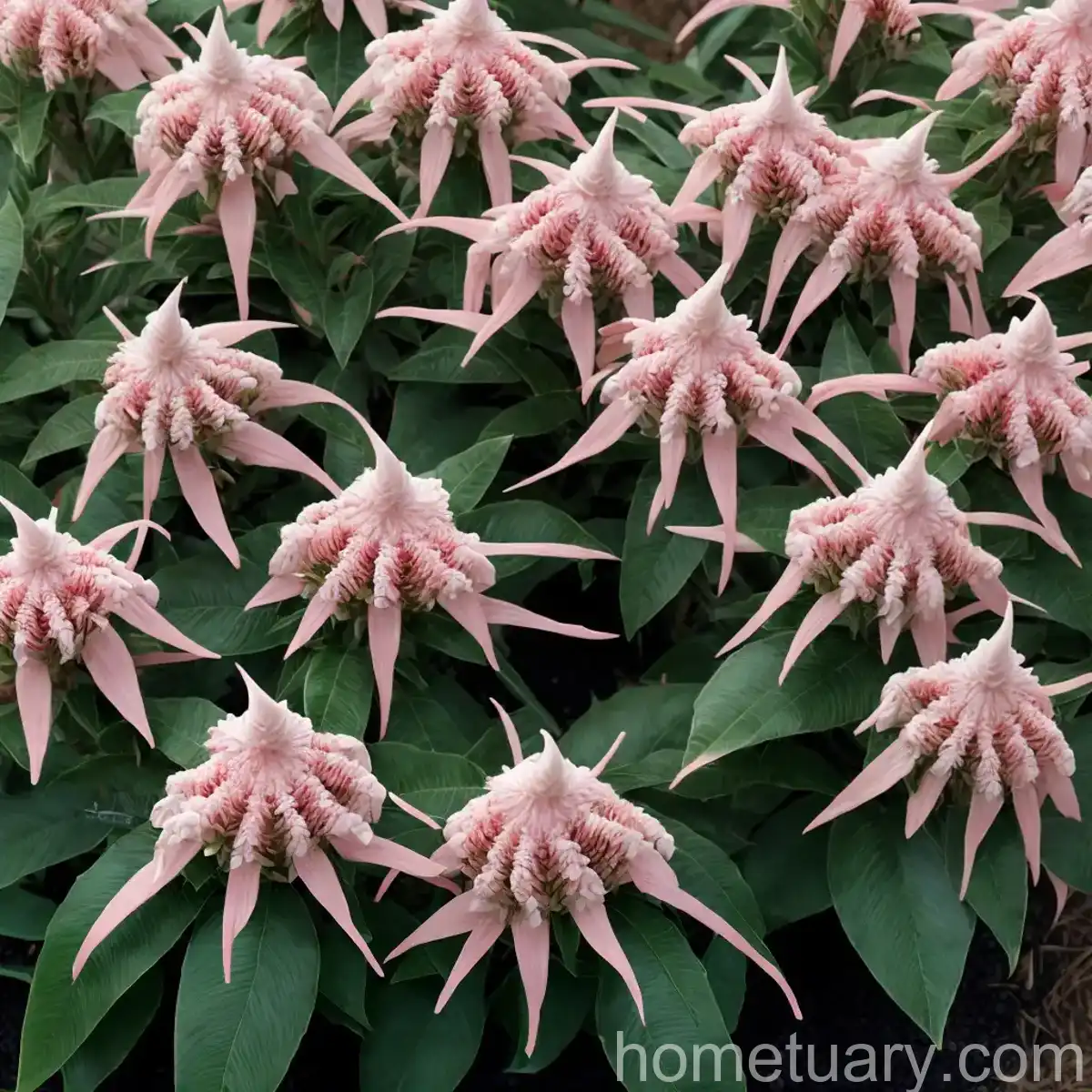The Shasta Daisy (Leucanthemum x superbum ‘White Knight’)
Introduction
In the world of ornamental horticulture, the Shasta Daisy is a beloved classic. The Leucanthemum x superbum, commonly known as the Shasta Daisy, has proven itself to be an enduring favorite among gardeners and plant enthusiasts. One such popular variety is the ‘White Knight’, known for its striking beauty and resilience. This blog post will delve into the various facets of the Shasta daisy, with a specific focus on the ‘White Knight’ cultivar. From its cultural requirements to propagation techniques, common diseases, and interesting fun facts, this post aims to provide a comprehensive overview of this charming perennial.
What is the Shasta Daisy (Leucanthemum x superbum ‘White Knight’)?
The Shasta Daisy, scientifically known as Leucanthemum x superbum, is a perennial flowering plant that belongs to the Asteraceae family. It is a hybrid of several different species, including Leucanthemum maximum and Leucanthemum lacustre. The ‘White Knight’ cultivar, in particular, is prized for its large, white, daisy-like flowers that adorn the garden with their elegant and timeless beauty. This cultivar has gained popularity for its ability to brighten up landscapes while requiring relatively low maintenance.
Key Takeaways – Shasta Daisy (Leucanthemum x superbum ‘White Knight’)
Here are some key takeaways related to the Shasta Daisy ‘White Knight’:
- Plant Type: Perennial flowering plant
- Scientific Name: Leucanthemum x superbum ‘White Knight’
- Growth Habit: Clump-forming
- Flower Color: White
- Sunlight Needs: Full sun to partial shade
- Watering Requirements: Moderate
- Hardiness Zones: 5-9
- Mature Plant Size: 2-3 feet tall and wide
Now, let’s explore the various aspects of caring for and enjoying this beautiful plant.
Culture
The culture of the Shasta Daisy ‘White Knight’ encompasses its overall care requirements, preferred growing conditions, and the general practices involved in maintaining a healthy and vibrant plant. It is essential to understand the cultural aspects before cultivating this perennial in gardens or landscapes.
Uses
The Shasta Daisy ‘White Knight’ serves both aesthetic and ecological purposes in various settings. Its uses include:
- Ornamental Value: The large, showy flowers make it a popular choice for borders, containers, and cutting gardens.
- Wildlife Attraction: The flowers attract pollinators such as bees and butterflies, enhancing biodiversity in the garden.
Water
Sufficient and consistent moisture is vital for the healthy growth and blooming of Shasta Daisies. While they are relatively tolerant of dry conditions, regular watering is necessary, especially during dry spells and periods of intense heat. However, it is equally important to avoid overwatering, as excessive moisture can lead to root rot and other fungal issues.
Sunlight
The ‘White Knight’ cultivar, like most Shasta Daisies, thrives in full sun to partial shade. Adequate sunlight is essential for promoting abundant flowering and maintaining a compact, healthy growth habit. In regions with hot summers, providing some afternoon shade can be beneficial, as it helps prevent stress and heat-related damage.
Fertilizer
When it comes to fertilizing Shasta Daisies, a balanced, all-purpose fertilizer can be applied in spring as new growth emerges. It is crucial to follow the recommended application rates and avoid over-fertilization, as excessive nutrients can lead to leggy growth and reduced flowering. Additionally, incorporating organic matter into the soil during planting can provide a steady source of nutrients for the plants.
Soil
Well-draining soil with a slightly alkaline pH is ideal for cultivating Shasta Daisies. These plants are tolerant of a wide range of soil types, including loamy, sandy, or clay-based soils. However, ensuring good drainage is crucial, as waterlogged conditions can result in root rot and other issues. Amending the soil with organic matter such as compost can improve its structure and fertility, promoting healthy growth.
Pruning
Pruning plays a significant role in maintaining the appearance and vitality of Shasta Daisies, including the ‘White Knight’ cultivar. Proper pruning practices can help prolong the blooming period, manage the plant’s size, and remove spent flowers to encourage reblooming. Here are some key points to consider when pruning Shasta Daisies:
- Deadheading: Removing faded flowers promotes continuous blooming and prevents self-seeding, which can lead to overcrowding.
- Cutting Back: Periodically cutting back the entire plant after the first flush of blooms can stimulate new growth and a second round of flowering.
- Fall Cleanup: Trimming the plant back in late fall after it has finished blooming helps maintain tidiness and prepares it for winter dormancy.
Propagation
The propagation of Shasta Daisies, including the ‘White Knight’ variety, can be achieved through several methods, allowing gardeners to multiply their plant stock and share these delightful perennials with others. Common propagation techniques for Shasta Daisies include:
- Division: During the early spring or fall, mature clumps can be carefully divided, ensuring that each division has sufficient roots and foliage to support its growth.
- Seed Sowing: Collecting and sowing seeds from existing plants can yield new seedlings, providing an economical and rewarding way to propagate Shasta Daisies.
Container Popularity
The Shasta Daisy ‘White Knight’ is well-suited for container gardening, offering an opportunity to enjoy its beauty on patios, balconies, and other outdoor spaces. When cultivating Shasta Daisies in containers, it is crucial to consider the following factors:
- Container Size: Select a container that provides ample space for the plant’s root system to develop, promoting healthy growth and blooming.
- Drainage: Ensure that the container has adequate drainage holes to prevent waterlogging, which can be detrimental to the plant’s health.
- Soil Medium: Use a well-draining potting mix, ideally amended with perlite or coarse sand to improve drainage and aeration.
Common Diseases
Like all plants, Shasta Daisies are susceptible to certain diseases, although they are generally considered resilient and low-maintenance. Being aware of common diseases can help in early detection and prompt intervention. Some prevalent diseases that may affect Shasta Daisies include:
- Powdery Mildew: A fungal disease that appears as powdery, white spots on the leaves, often due to high humidity and poor air circulation.
- Leaf Spot: Characterized by the presence of dark, irregular spots on the leaves, this fungal disease can lead to defoliation if left unmanaged.
Disease Diagnosis
Effective disease diagnosis involves carefully inspecting the plant for symptoms and identifying the causal agents. When diagnosing diseases in Shasta Daisies, it is essential to consider the following factors:
- Symptom Identification: Pay attention to visual cues such as leaf discoloration, spots, wilting, and unusual growth patterns.
- Environmental Factors: Assess the prevailing environmental conditions, including humidity levels, sunlight exposure, and air circulation, as these can influence disease development.
- Pathogen Identification: If possible, consult with a plant pathologist or diagnostic laboratory to accurately identify the pathogen responsible for the observed symptoms.
Common Pests
While Shasta Daisies are relatively resistant to pest infestations, they may occasionally encounter certain insect pests that can affect their overall health and vigor. Common pests that may target Shasta Daisies include:
- Aphids: Small, sap-sucking insects that can distort new growth and cause the leaves to become sticky with honeydew.
- Leaf Miners: Larvae that tunnel through the leaves, creating distinctive serpentine patterns and affecting the plant’s aesthetic appeal.
Botanist’s Tips
As a plant scientist or botanist, there are several valuable tips to consider when it comes to cultivating and enjoying Shasta Daisies, particularly the ‘White Knight’ cultivar:
- Soil Testing: Conduct soil tests periodically to assess its pH and nutrient levels, ensuring that it provides an optimal growing environment for the plants.
- Companion Planting: Explore companion planting options to complement Shasta Daisies with other flowering perennials and foliage plants, creating visually appealing and beneficial plant combinations.
- Integrated Pest Management: Embrace an integrated approach to pest management, incorporating cultural, biological, and, if necessary, chemical control methods in a judicious and sustainable manner.
Fun Facts
Here are some captivating and noteworthy facts about the Shasta Daisy ‘White Knight’ and its broader species:
- The Shasta Daisy is the official flower of the city of Philadelphia, Pennsylvania, symbolizing purity and simplicity.
- The plant’s scientific name, Leucanthemum, is derived from the Greek words ‘leukos’ (white) and ‘anthemon’ (flower).
- Shasta Daisies are excellent for attracting beneficial pollinators, contributing to the health and vibrancy of garden ecosystems.
Links to External Resources
For more detailed information and resources related to Shasta Daisies, the ‘White Knight’ cultivar, and related topics, consider exploring the following links:
- The National Gardening Association: Shasta Daisies
- Missouri Botanical Garden: Leucanthemum x superbum ‘White Knight’
- University of Florida IFAS Extension: Diseases of Shasta Daisy
Conclusion
In conclusion, the Shasta Daisy, particularly the ‘White Knight’ cultivar, offers an array of delightful attributes and cultural significance. Whether adorning garden borders, enhancing container displays, or attracting beneficial wildlife, this perennial stands as a testament to the enduring allure of flowering plants. By understanding its cultural requirements, propagation techniques, and potential challenges such as diseases and pests, we can cultivate and appreciate the beauty of the Shasta Daisy with greater confidence and success.
The Shasta Daisy ‘White Knight’ exemplifies the time-honored charm of garden classics, inviting us to revel in the natural splendor and grace that these beloved perennials bring to our outdoor spaces. As we continue to explore the rich tapestry of plant life, the Shasta Daisy remains a perennial favorite, captivating hearts and minds with its enduring beauty and timeless appeal.
This blog post provides detailed information about the Shasta Daisy ‘White Knight’, encompassing its cultural requirements, propagation techniques, common diseases, and more. It also includes relevant external resources for further exploration. The content is structured using headings, bullet points, and tables as appropriate, offering a comprehensive and engaging guide to this beloved perennial.




